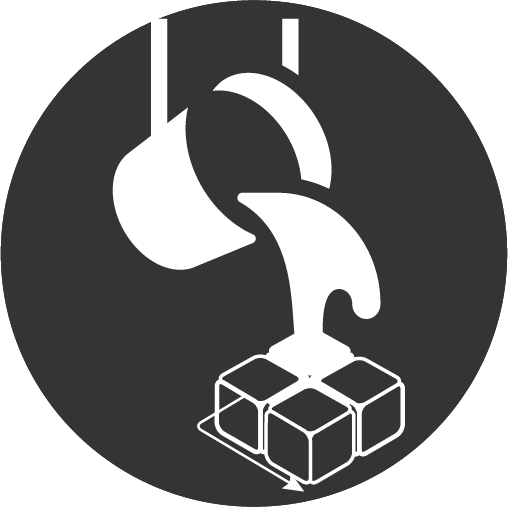Continuous Cybersecurity Risk Assessment vs Automated Pen Testing
Both continuous cybersecurity risk assessment and automated penetration testing are critical components of a robust cybersecurity strategy.
Continuous Cybersecurity Risk Assessment (CCRA)
Definition: Continuous cybersecurity risk assessment involves the ongoing process of identifying, evaluating, and mitigating risks to an organization’s digital assets. This process is proactive and focuses on understanding the entire threat landscape to prioritize actions based on potential impact.
Key Features:
-
- Continuous Monitoring: Regularly monitors networks, systems, and applications for vulnerabilities and threats.
- Risk Identification: Identifies potential risks from various sources, including software vulnerabilities, misconfigurations, and emerging threats.
- Risk Evaluation: Assesses the likelihood and potential impact of identified risks.
- Mitigation Strategies: Provides recommendations for mitigating identified risks.
- Compliance: Ensures that the organization adheres to relevant industry standards and regulations.
Benefits:
- Proactive Risk Management: Helps in identifying and mitigating risks before they can be exploited.
- Holistic View: Provides a comprehensive view of the organization’s risk posture.
- Continuous Improvement: Enables ongoing refinement of security measures based on the latest threat intelligence.
Use Cases:
- Organizations looking to maintain a high level of security awareness.
- Industries that require continuous compliance with regulatory standards (e.g., finance, healthcare).
Automated Penetration Testing
Definition: Automated penetration testing (pen testing) involves the use of automated tools to simulate cyber-attacks on an organization’s systems, networks, or applications. The goal is to identify vulnerabilities that could be exploited by attackers.
Key Features:
- Simulation of Attacks: Simulates various types of cyber-attacks to identify potential vulnerabilities.
- Automated Tools: Uses software tools to conduct the tests, which can run repeatedly and consistently.
- Reporting: Generates reports detailing the vulnerabilities found and their potential impact.
- Exploitation Testing: Attempts to exploit identified vulnerabilities to assess their severity.
Benefits:
- Efficiency: Quickly identifies common vulnerabilities and misconfigurations.
- Cost-Effective: Reduces the need for manual testing, saving time and resources.
- Repeatability: Allows for regular testing without the need for extensive manual intervention.
- Scalability: Can be scaled to cover large and complex environments.
Use Cases:
- Organizations that need frequent security assessments.
- Companies looking to complement manual penetration testing with automated solutions.
- Enterprises wanting to quickly identify and fix vulnerabilities in development and production environments.
While continuous cybersecurity risk assessment and automated penetration testing serve different purposes, they are complementary. A robust cybersecurity strategy should integrate both approaches:
By combining these methodologies, organizations can achieve a more comprehensive and resilient security framework.
Continuous risk assessment ensures that an organization remains aware of its overall security posture and can proactively manage risks.
Automated penetration testing helps to identify and remediate specific vulnerabilities regularly, ensuring that known issues are addressed promptly.

